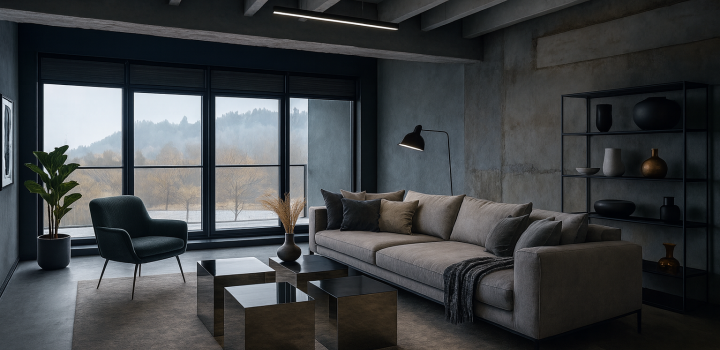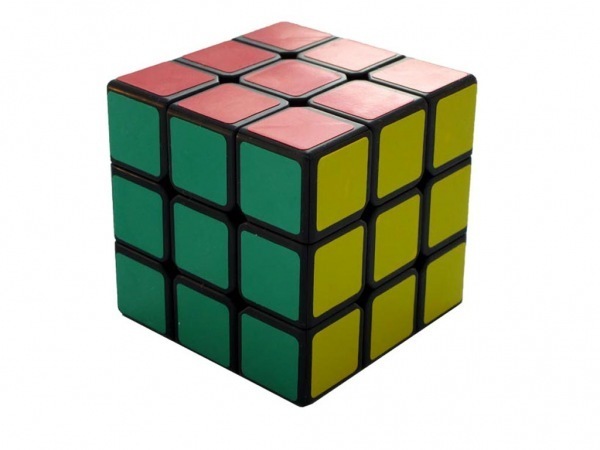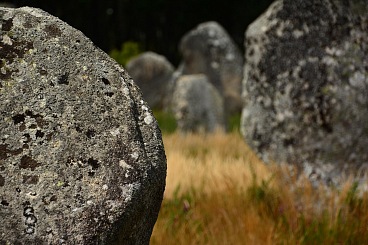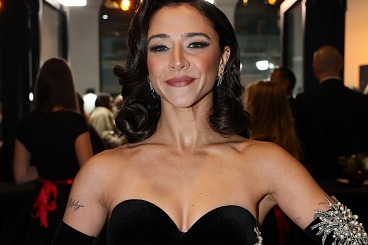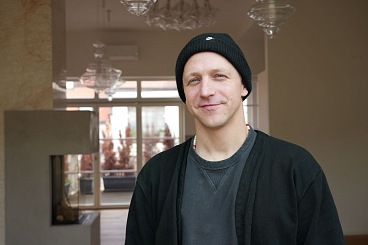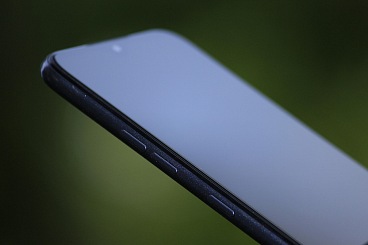Rubik´s cube: rebus with a mathematical story
Story of the magical Rubik’s cube
This famous cube first saw the light of day on 19 May 1974 and is named after its inventor, the Hungarian sculptor and architect Ernö Rubik. The initial purpose of the cube was to help Rubik’s students at university to better understand three-dimensional visualisation, the cross-section of a cube. Ernö Rubik asked himself how it would be possible to rotate the faces of such a unit. He found the solution within six weeks and it didn’t take long before a patent followed. The original name which the cube was sold under was the Magic Cube. This puzzle experienced a boom and people started to become very interested in it in the 1970s and 1980s.
Where does its magic lie?
The most popular version 3x3x3 has 3 layers and thus 26 little cubes. The whole system is connected using a moving mechanism allowing for any layer to be rotated by any whole multiple of a right angle. The central cubes are the only non-movable part, i.e. they remain in the same position with regards to each other. The colour of the centre thus determines the resulting colour of the whole face containing this centre cube.
The secret of solving this puzzle correctly involves many hours of suffering, effort and thought. When that moment of salvation arrives, when you have completely solved the puzzle, you are rewarded with a wonderful feeling of victory at having beaten the challenge. Here is a little advice for you – beginners should try to solve the puzzle layer by layer.
Design transformation
While designing the cube, Rubik deliberately applied the fundamental principles of design. He in particular aimed to create each piece as simply and compactly as possible. He believed that form is a means of function.
Apart from the classic 3x3x3, we can also come across atypical versions such as a cylinder, pyramid or polyhedron. The creators of these thus left the basic cuboidal design behind and versions with names such as Megaminx, Pyraminx and Square 1 have been created.
A cube for the 21st century
We can also boast a patent for a Rubik’s cube in the Czech Republic in the form of Square 21 or Cube 21. This was created by Karel Hršel and Vojtěch Kopský. It is recommended by the Czech Mensa Society as a puzzle which helps to develop spatial imagination, combinatorial skills and logical thinking.






